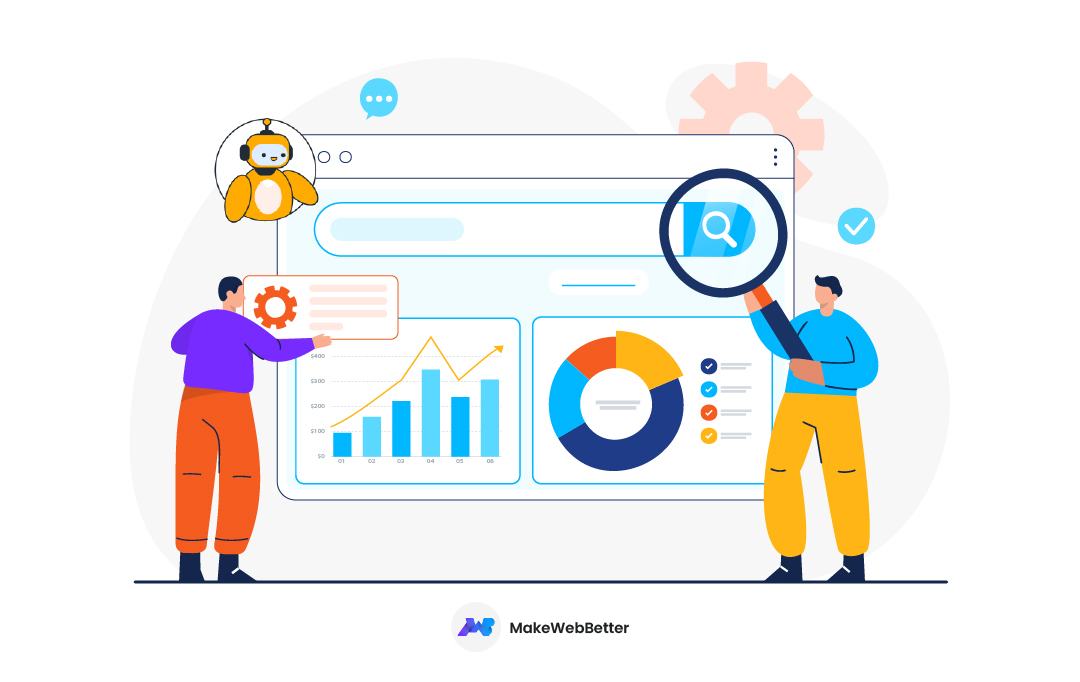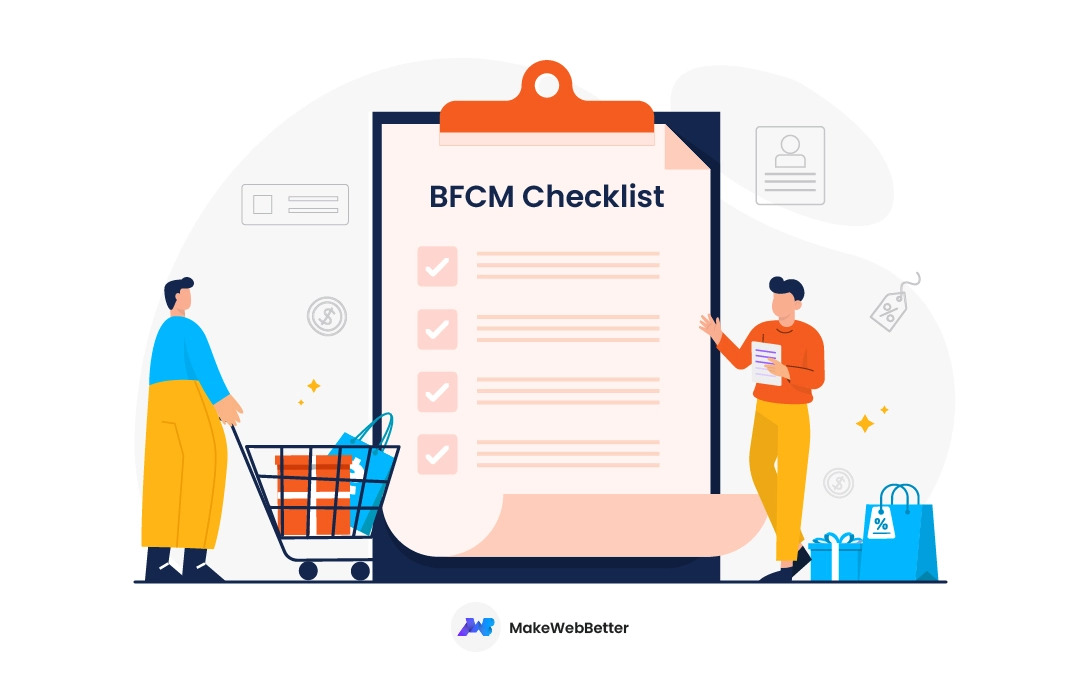Planning to build a HubSpot hosted website for your business?
Well, if you have read our previous article on HubSpot CMS pros and cons. Then, you would know that the HubSpot CMS cannot help you at every step when finding your eCommerce solution at HubSpot.
HubSpot’s CMS provides you with a mechanism to manage your website. However, the CMS lacks features such as “add to cart” functionality, inventory management, or an integrated warehousing solution.
Although all these are feasible! There are solutions where you can integrate a robust eCommerce platform and overcome this limitation and take advantage of a CRM-backed online store.
So, yes! You can run your business with a HubSpot hosted website.
The purpose of this blog post is to guide you to create a full-fledged online store hosted on HubSpot.

Not getting enough returns from your HubSpot CRM?
Grab our HubSpot Audit guide to audit your HubSpot CRM, identify cracks and fix them.
What Does This Read Cover?
Methods For Creating A HubSpot hosted eCommerce Website
Adding an eCommerce functionality to your HubSpot website needs no technical knowledge. This will work with nearly any modern CMS like WordPress, BigCommerce, Drupal, Shopify, or any CMS.
For the implementation, we’ll be looking at the following two scenarios and the best solutions for each one. There are two scenarios in which you can have a HubSpot hosted Website:
- Use a HubSpot website integration.
- Create an eCommerce subdomain.
#Scenario 1: You Don’t Need A Full-blown eCommerce Website
The scenario is for business owners dealing with eBooks, SaaS-based products, pet supplies, or a limited number of items. This surrounds a speculation that you might not be demanding a robust eCommerce solution with tons of features.
In short, you just need a shopping cart for your users so that they can add your products to cart. It would allow you to monitor orders with all the crucial information without leaving HubSpot.
What’s The Best Solution For You?
If you want order management or you’re dealing with a few SKUs and looking to achieve greater reach. Simply, embed a shopping cart plugin to your site for a modest additional revenue stream planning.
On-page shopping carts can be embedded almost on any web page, even those that are hosted on HubSpot. You can achieve this using PayPal.

In short, if your store focuses on selling limited articles on your existing HubSpot website this is the best-tested method that you can get.
#Scenario 2: Host An eCommerce Website On A Separate Domain
Okay, you’re planning to take your retail business and share the delightful experience of your products with customers across the world. In short, you’re looking for a complete on-selling solution.
This scenario focuses on businesses that have a running HubSpot hosted website but don’t have a platform to sell their products.
What’s The Best Solution For You?
Go for a SaaS-based or open-source solution such as Shopify, WooCommerce, or Magento. These are robust eCommerce platforms that provide you with all features you need to run an online business, like –
- Checkout management
- Shopping cart
- Inventory management
- Taxes
And many more…
So what you got to do is first, choose an eCommerce platform and start building your eCommerce business on a subdomain, for example, shop.makewebbetter.com. Now that you have an eCommerce subdomain, you will need to brand your shop so that it doesn’t disassociate from your website.
Remember to match the look and feel of your eCommerce subdomain, even though the domain names are different from your website.
Once you are done selecting an eCommerce platform, choose your integration for the same.
Read These Before Designing Your eCommerce Store:
Let’s see the step-by-step process for building a HubSpot hosted eCommerce website for merchants falling under scenario 2.
Connecting Your Online Shop To HubSpot:
Before we get started, make sure to collect the following prerequisites –
- Collect the login credentials for your DNS provider, and then
- Access to the CNAME records.
Note: Subdomain pages can only be hosted in a single location. For hosting pages in multiple locations, such as WordPress and HubSpot, use a separate subdomain for each provider.
Now follow the below-mentioned steps for connecting your domain with your HubSpot account:
- Log in to your HubSpot account and click the ⚙️settings icon in the main navigation bar.
- Now from the left sidebar menu navigate to the Website → Domain & URLs page.
- Click on the Connect a domain option.
- Here you’ll see a few options, you have to choose the Primary option and click connect.
- Then, you have to choose the content type, in this case, it’ll be a Website.
- Now, enter the domain of your eCommerce store and press the next button.

- Lastly, you have to set up the following 4 components of your subdomain:
- Subdomain
- Brand domain
- Top-level domain
- Primary language
- Lastly, click Next.
Now, for the next steps, you’ll have to log in to your DNS provider to access the DNS records. Also, make sure to check out the Connect Your Domain To HubSpot knowledge base by HubSpot for a more detailed overview.
Benefits Of A HubSpot Hosted eCommerce Website
The foundation of running an eCommerce business is providing for your customers. Get them a seamless shopping experience while you get to control the growth of your business.
Here comes the role of a HubSpot for eCommerce to bolster your website. Your decision will benefit you in the following ways:
SEO For Your Website
Completing itself as an eCommerce marketing platform, HubSpot facilitates SEO. Under this, you have a feature to scan your website URL feature, to diagnose and secure your website against cyber-attacks and malware.
Moreover, HubSpot SEO recommendations help you monitor your website for improvements. It helps you build your website authority using HubSpot’s built-in SEO tools.
HubSpot for eCommerce further helps you plan your content strategy and build search authority. Use data to grow your website, report on your performance, and rank in search.
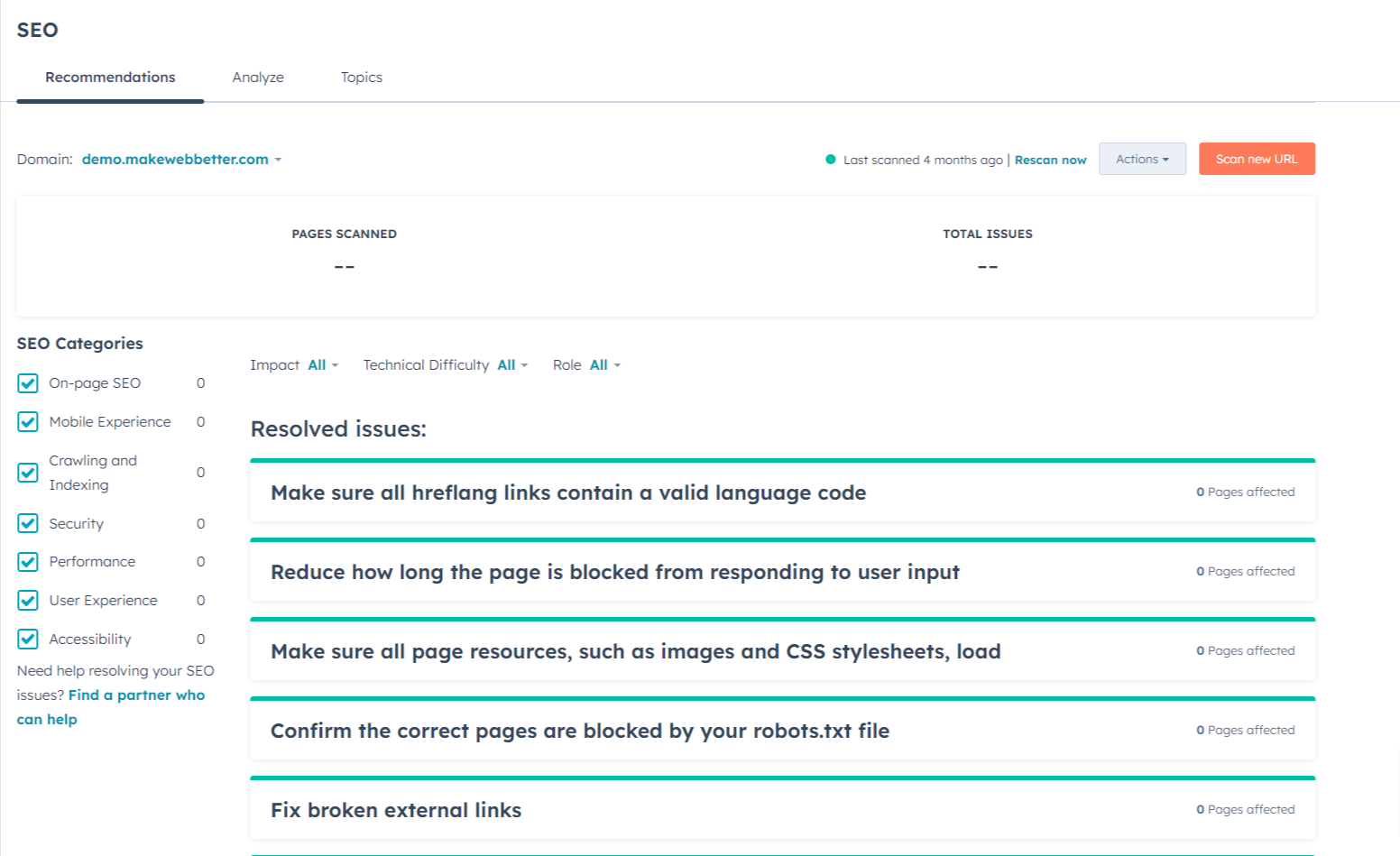
Moreover, you can integrate with HubSpot’s content management tools. Build a successful inbound marketing strategy using HubSpot tools and assets.
Uncover Customer Buying Patterns
Syncing data with HubSpot gives you access to powerful segmentation tools. Whenever a contact commits any action on your website, the HubSpot CRM will automatically sync the data. As a result, you get deep insights into your customers’ buying behavior.
In HubSpot, you get lists that efficiently group contacts or companies sharing similar characteristics.
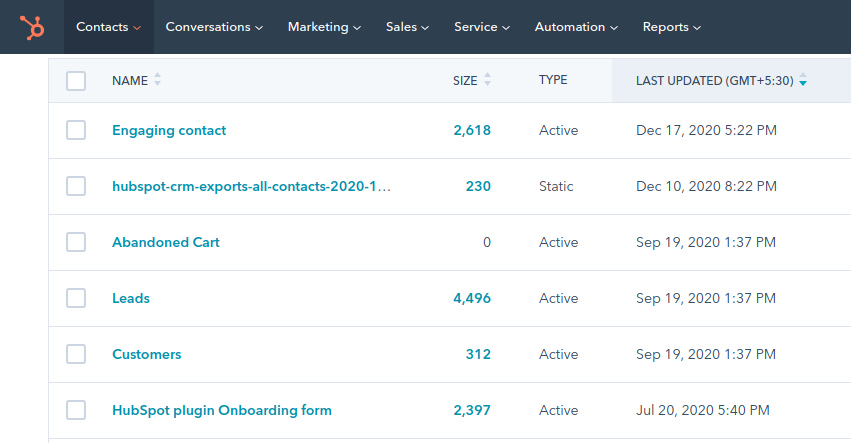
In our previous article on How To Segment Your Contacts With HubSpot List Segmentation, we’ve covered how you can create lists for effective customer segmentation.
Automated Marketing Campaigns
An eCommerce marketing platform will be incomplete without automation. But HubSpot has got it.
HubSpot’s Marketing Hub is an all-rounder marketing automation solution that brings your sales team and marketing professionals together. The best part, it enhances the efficiency of both teams by automating all the redundant tasks.
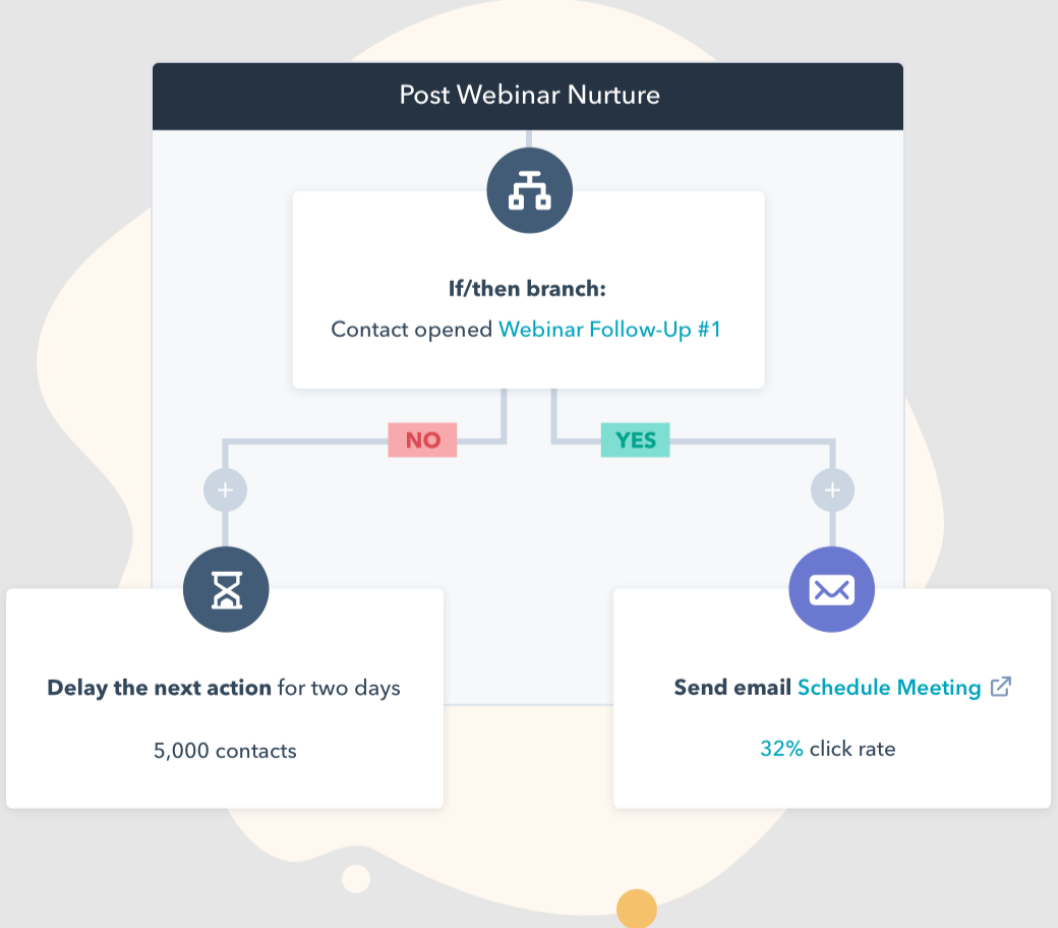
By integrating your eCommerce platform with HubSpot you can take the advantage of workflows. The workflows use your eCommerce and HubSpot data for creating personalized marketing campaigns. As a result, you get everything from cart abandonment recovery to re-engagement workflow emails that help in boosting the number of loyal customers.
Direct Attribution Reporting For Tracking Revenue
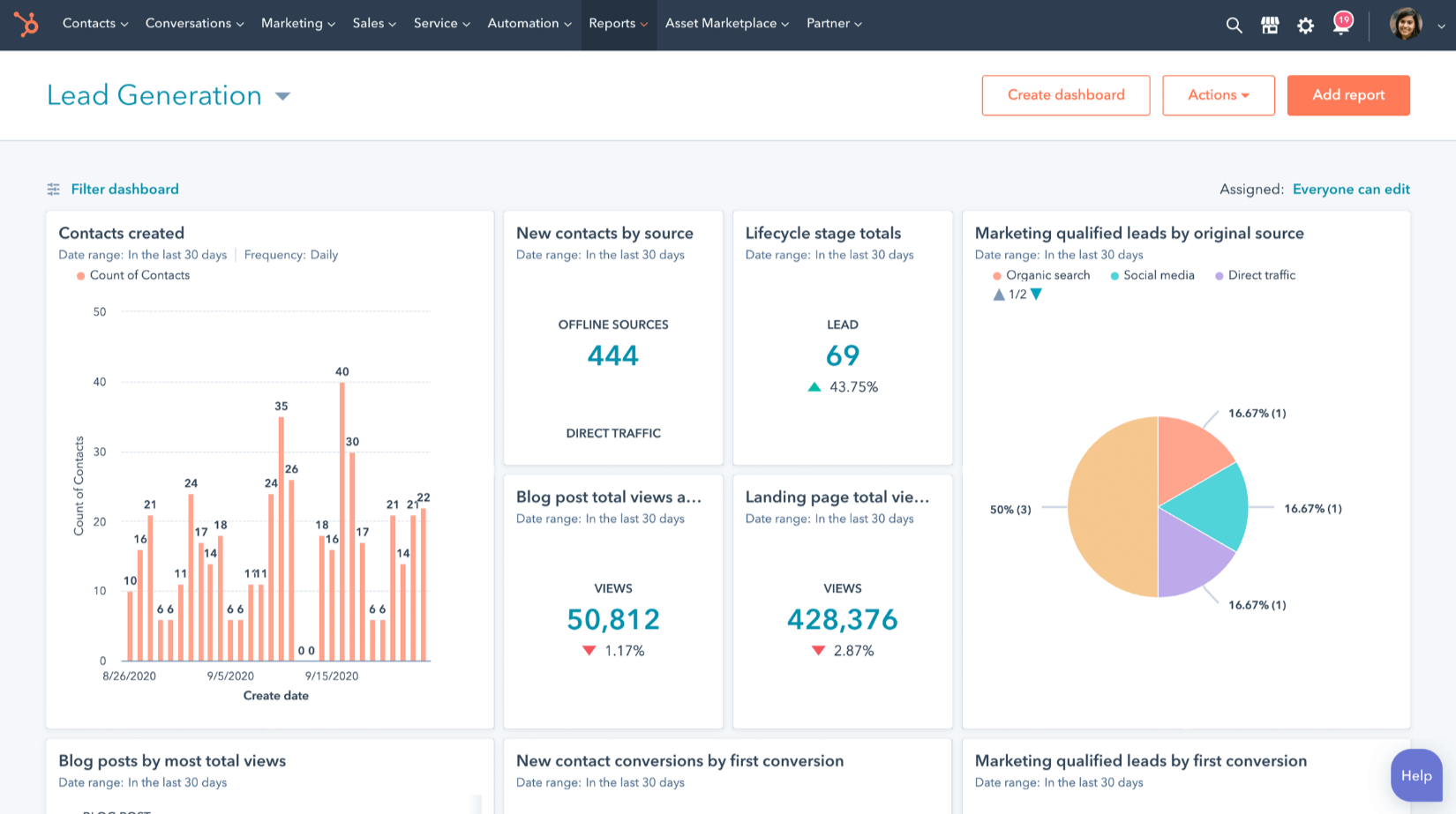
One of the favored reasons for advocating HubSpot to the eCommerce community. It offers users direct attribution reporting between marketing efforts and customer orders.
The reporting feature helps you understand which marketing efforts are paying off well and what needs improvement. Marketing and sales, both work best when they make data-driven decisions and with HubSpot, you get everything for making informed decisions.
CTA Builder
Design Call-to-action buttons to your website to redirect potential customers directly to the checkout page. You can purpose the CTA buttons also to resell and invite users to visitors to pages that can help them through the awareness and decision stages.

The HubSpot eCommerce website will get you to create CTAs styled according to your preference. Your HubSpot hosted eCommerce Website would have the advantage of using HubSpot features that are inclined toward customer experience.
Solutions By MakeWebBetter for your eCommerce Store
MakeWebBetter is HubSpot’s Elite Solutions Partner and has over 7 years of experience in HubSpot and eCommerce development. For business owners looking forward to carrying their sales on a HubSpot hosted website, you need a solution for bridging your eCommerce and HubSpot data.
Our team of expert HubSpot developers has built some amazing HubSpot eCommerce integrations that sync your data in just a few clicks. Let’s look at some of our integrations:
HubSpot WooCommerce Integration
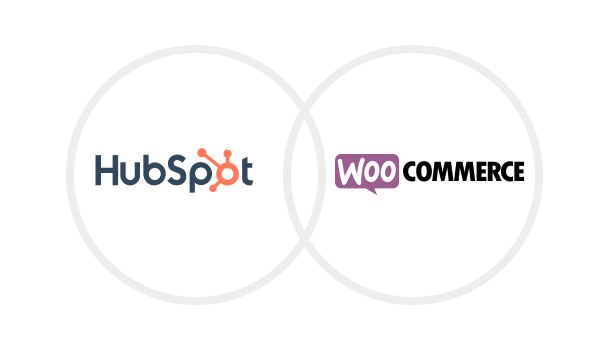
This is an exclusive solution for our WordPress community and is the easiest way to integrate your WooCommerce store with HubSpot.
HubSpot WooCommerce Integration synchronizes your WooCommerce data on HubSpot and helps you –
- Manage contacts
- Segment your audience
- Track website activity
- Run your sales campaign and,
- Detailed reporting of your online sales.
What we are really proud of about this plugin is that it automatically creates best-practice groups, properties, active lists, and workflows. Also, it provides a customized HubSpot view for WooCommerce.
HubSpot Magento Integration
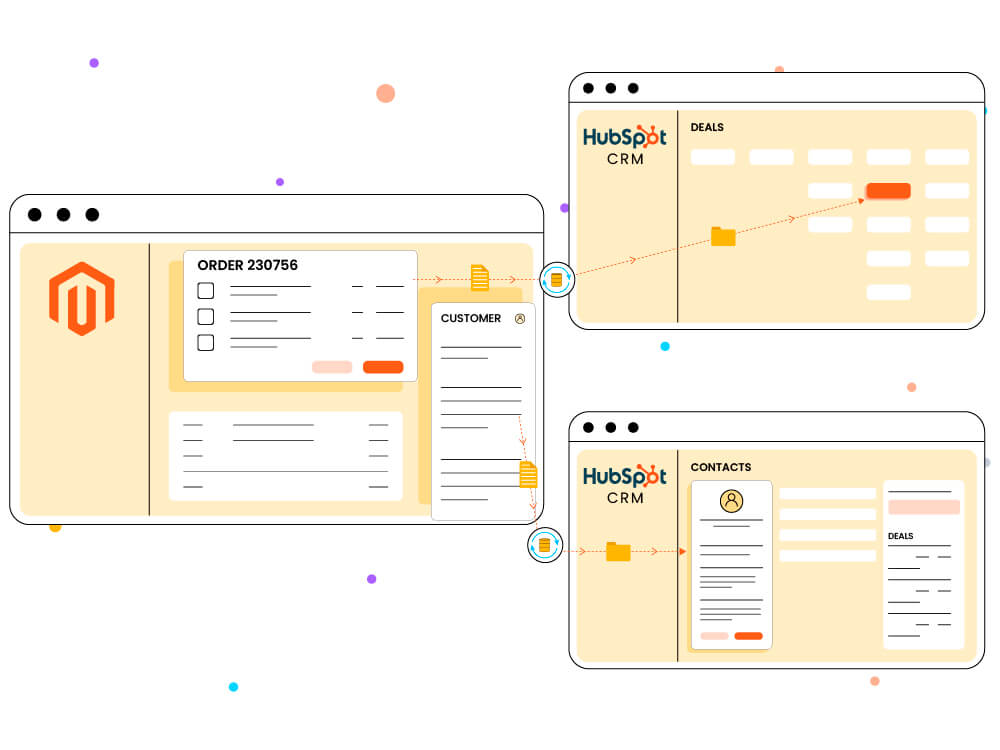
Magento is also a prominent eCommerce builder that helps you build an online store from scratch in just a few clicks.
Our HubSpot Magento Integration is a robust solution for users who use eCommerce bridge that are planning to manage their eCommerce store with Magento. It syncs all your crucial business data with HubSpot in real-time like orders, products, deals, line items, abandoned carts, and many more.
The prominent features of this HubSpot eCommerce integration are:
- Personalized targeting with segmentation
- Boosts revenue with abandoned cart recovery
- One-click data synchronization with easy data management
- Ready-to-use powerful workflows for automating all your redundant tasks
HubSpot Magento Integration is the easiest way to connect your Magento store with HubSpot.
HubSpot BigCommerce Integration
One of the most awaited HubSpot eCommerce integrations is this BigCommerce connector. Apart from getting this comprehensive eCommerce builder, go for the facility to maintain your data through automation.
Sync your products, orders, and customers data directly in HubSpot without a click. With this, you have a broad chance to enhance your marketing tactics and ROI as a whole.
Here’s what you get with this HubSpot website integration, alongside data sync:
- Single click list creation based on certain properties demographics, RFM ratings, lifecycle stage, and more for segmentation.
- Old BigCommerce data sync to HubSpot.
- Abandoned cart recovery through automated emails and workflow smart triggers.
- Auto-creation of contacts and properties for segmentation.
HubSpot Shopline Integration
Shopline is a complete eCommerce builder. Build your website here and you won’t want to leave the platform for anything.
Aside from eCommerce solutions, Shopline has Shoplytics for analytics, membership programs, payments with a store credit system, and lot more exciting stuff to do with your store.
MakeWebBetter brings your HubSpot Shopline Integration to begin your eCommerce journey. Here’s what you get with it:
- Pre-designed Workflow and lists.
- Deal mapping for flawless order management.
- Abandoned cart recovery solutions with automated workflows.
- Segmentation of contacts based on properties directly in HubSpot.
- One-click sync of data related to your store contacts, products, and orders.
HubSpot Custom Integrations

Apart from the Magento and WooCommerce integrations, our team of HubSpot experts can make custom integrations for your choice of eCommerce platform.
Our smart and robust integration for HubSpot hosted websites helps you scale your business’ growth and get the most from HubSpot Custom integrations. So contact us and speak with our experts to get the most suited HubSpot app integrations for your business.
Connect With Our HubSpot Experts Today!
So this is how you can build a HubSpot hosted website and sell your services and products online. HubSpot CMS is a no-brainer. This means it requires no technical expertise for creating a website.
Working with a CRM-backed online selling platform is one of the obvious reasons for developing a HubSpot hosted eCommerce website. But let’s look at some other prominent advantages and see why you should invest in a HubSpot hosted website.
FormPay by MakeWebBetter
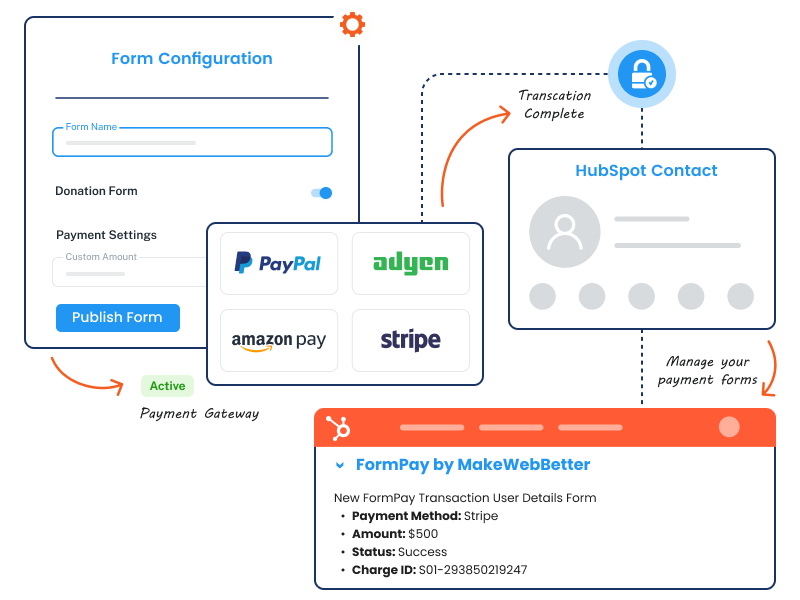
The app, FormPay by MakeWebBetter is a complete payment solution for everyone anywhere in the world. The idea behind the FormPay app is to enable payments for every HubSpot user.
HubSpot users who are unable to receive payment owing to certain criteria and gateways, can now accept payments using HubSpot forms.
The FormPay app is brought to you by MakeWebBetter, a HubSpot Elite solutions partner. This HubSpot for eCommerce solution is listed as a HubSpot partner app.
This ultimate payment tool offers renowned payment gateways — Stripe, PayPal, Amazon Pay, Razorpay, and Adyen.
It’s very simple to use:
- Go to the FormPay App.
- Connect your HubSpot account to it. Choose a portal to continue with.
- Activate a payment gateway through the respective section in the app.
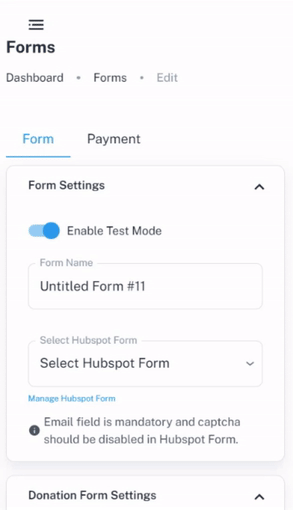
- Go to the Forms tab. Create a Form by filling in the required fields. Then, publish the form.
- Finally, embed the form on a landing page or share the form through a URL.
Now, you can start receiving payments online.
What Are The Next Steps?
eCommerce and HubSpot are a match made in heaven. To describe a HubSpot hosted eCommerce website, we can agree on this –
“It spins your marketing flywheel where happy customers come back to purchase more.”
The goal of this article is to share with you how you can easily accomplish your business goals while keeping your main website on HubSpot.
Once you build your desired online shop the next step is to work on framing an unbeatable inbound marketing strategy that attracts prospects, delights them, and turns them into your brand advocates.



